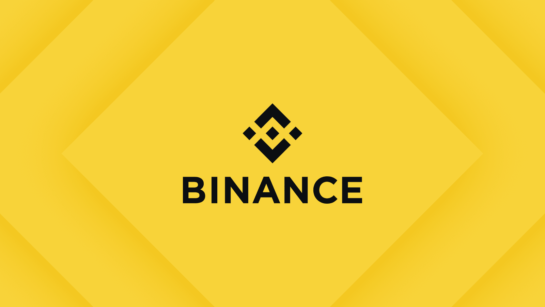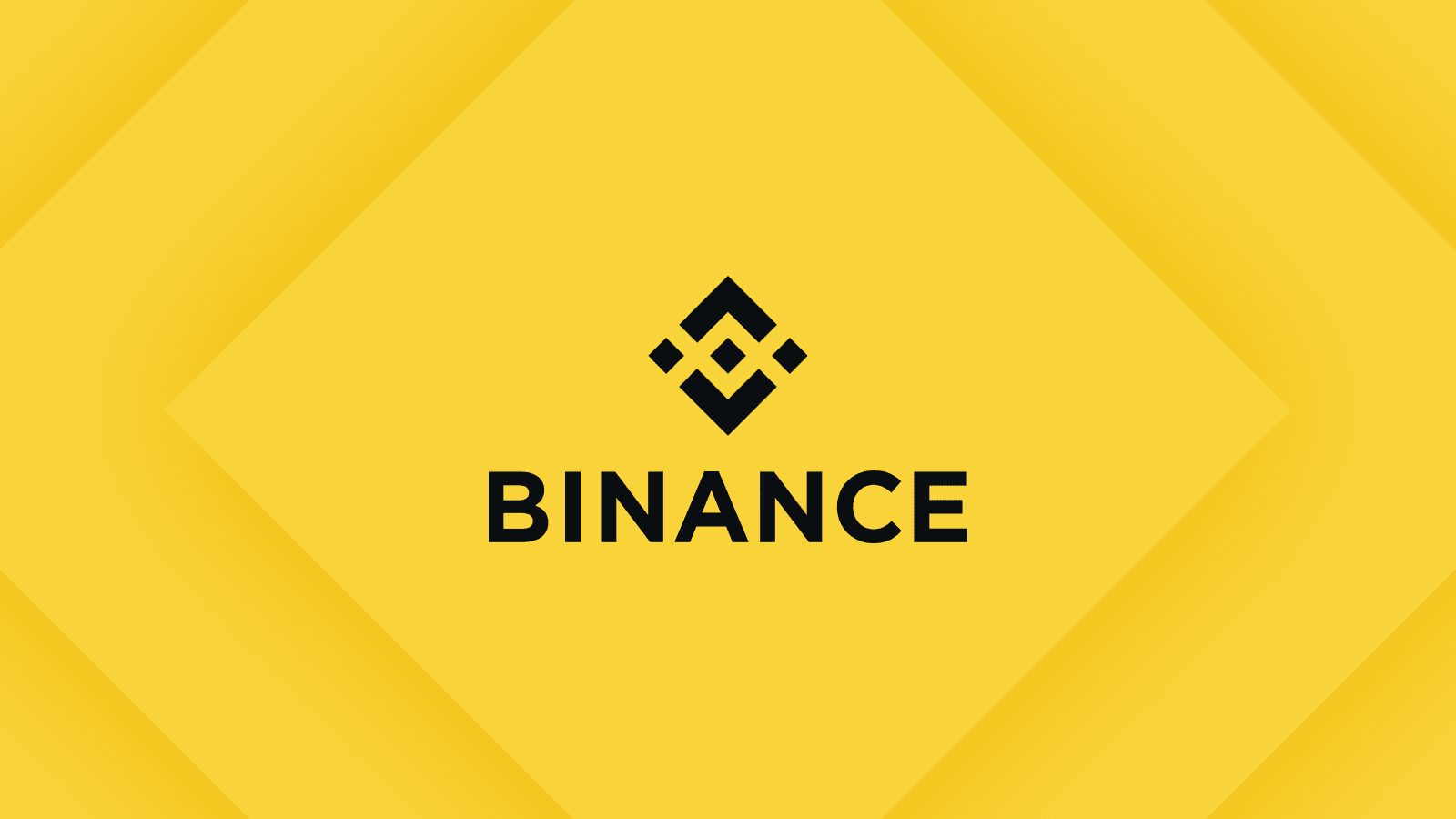Table of Contents
ToggleCHARTS
NEWS
CRYPTO DETAILS
Introduction
Binance, one of the largest and most influential cryptocurrency exchanges in the world, has played a significant role in shaping the landscape of digital finance. Founded in 2017, it quickly rose to prominence due to its extensive range of services, user-friendly interface, and commitment to innovation. This article delves into the history, founding, and current status of Binance, including its supply details and major stakeholders.
Founding and Early History
Founders
Binance was founded by Changpeng Zhao, commonly known as CZ, and Yi He. Zhao, a seasoned developer and entrepreneur, had previously worked at Bloomberg Tradebook and served as the CTO of OKCoin, another cryptocurrency exchange. Yi He, also a co-founder of OKCoin, brought extensive marketing experience to the venture.
Launch and Initial Growth
Binance officially launched in July 2017, following an Initial Coin Offering (ICO) that raised $15 million. The ICO distributed Binance Coin (BNB), an ERC-20 token on the Ethereum blockchain, which later migrated to Binance’s own blockchain, Binance Chain.
The exchange differentiated itself by offering lower transaction fees, a wide variety of cryptocurrencies, and a robust trading engine capable of handling high volumes. Within six months, Binance became the largest cryptocurrency exchange by trading volume.
Expansion and Development
Key Milestones
- 2018: Binance launched the Binance Labs incubator to support blockchain and cryptocurrency startups and introduced the Binance Charity Foundation to contribute to social causes.
- 2019: The launch of Binance Chain and the decentralized exchange (DEX), Binance DEX, marked significant advancements. The same year, Binance acquired the Indian cryptocurrency platform WazirX and the popular cryptocurrency data provider CoinMarketCap.
- 2020: Binance introduced Binance Smart Chain (BSC), a blockchain network that runs parallel to Binance Chain and supports smart contracts and decentralized applications (dApps).
- 2021: The company faced increased regulatory scrutiny globally, prompting efforts to enhance compliance measures. Binance also launched NFT marketplaces and various decentralized finance (DeFi) projects.
Current Status
Products and Services
Binance offers a comprehensive suite of products and services:
- Spot Trading: Supports hundreds of cryptocurrencies and trading pairs.
- Futures and Derivatives: Allows trading of futures, options, and leveraged tokens.
- Staking and Savings: Provides opportunities for users to earn interest on their crypto holdings.
- Binance Card: Enables users to spend cryptocurrencies directly using a Visa card.
- Decentralized Finance (DeFi): Features projects like Binance Smart Chain, PancakeSwap, and various yield farming initiatives.
- Non-Fungible Tokens (NFTs): A platform for creating, buying, and selling NFTs.
Supply Details
Binance Coin (BNB) is central to Binance’s ecosystem. Originally capped at 200 million BNB, the supply has been gradually reduced through quarterly coin burns, where a portion of BNB is permanently destroyed to decrease supply and potentially increase value. As of May 2024, the total supply of BNB stands at approximately 157 million, with the circulating supply being around 153 million.
Major Stakeholders
Binance remains a privately held company, with significant shares owned by its founders:
- Changpeng Zhao (CZ): As the CEO and primary public figure, CZ holds a considerable stake in Binance. His leadership and vision have been pivotal in driving the company’s rapid growth.
- Yi He: Co-founder and one of the early driving forces behind Binance’s marketing and operational strategies, she holds a substantial share in the company.
While exact figures regarding ownership stakes are not publicly disclosed, CZ and Yi He are recognized as the primary stakeholders.
Regulatory Environment
Binance’s global expansion has not been without challenges. Various regulatory bodies, including those in the United States, the United Kingdom, Japan, and other countries, have scrutinized Binance for compliance with local financial laws. In response, Binance has been proactive in enhancing its compliance framework, including implementing stricter Know Your Customer (KYC) and Anti-Money Laundering (AML) procedures, and acquiring regulatory licenses in multiple jurisdictions.
Conclusion
Binance’s journey from a startup to a global cryptocurrency powerhouse has been marked by rapid growth, innovation, and adaptability. With a broad range of services and a strong community of users, Binance continues to play a critical role in the evolving world of cryptocurrency and blockchain technology. As the regulatory landscape becomes more defined, Binance’s ability to navigate these challenges will be crucial in maintaining its leadership position in the industry.
REFERANCE: CHATGPT

